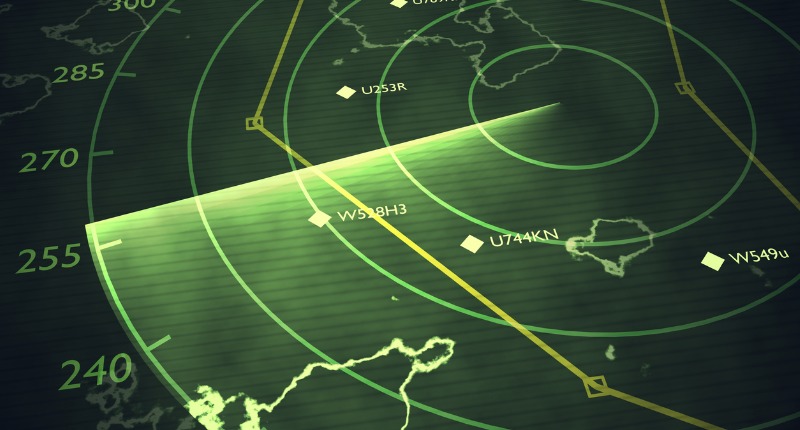As time goes on, more contributions by women in the field of science are slowly becoming public knowledge. One such under appreciated woman is Joan Curran.
Born and raised in Wales, Curran (née Strothers) began her higher education at the University of Cambridge’s Newnham College, after which she went on to continue her studies in a doctorate of physics at the university’s Cavendish Laboratory in 1938.
Though she completed all of the necessary coursework to obtain a degree with honors, Curran never received an actual degree from Cambridge, as women weren’t granted such a privilege in that day and age. Despite this lack of official qualification, she went on to do great things.
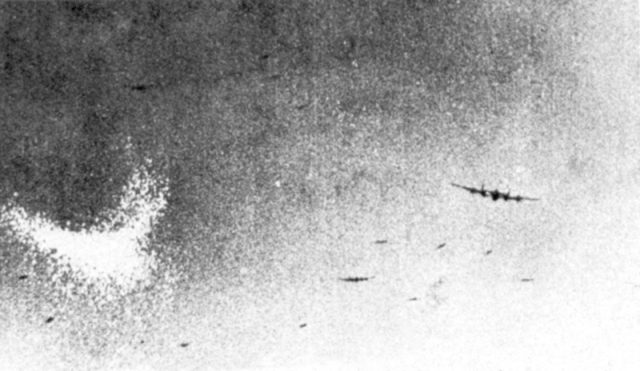
In 1940, after marrying her lab partner, Joan and Sam Curran were taken on at the Telecommunication Research Establishment under the leadership of R.V. Jones who, in his obituary, is described as “one of the main wizards during the secret war against Hitler.”
Along with Jones and his team, the Currans worked on methods of evading radar detection. The benefit of such technology would mean being able to conceal an attack, hiding the locations of military aircraft during a raid on the enemy.
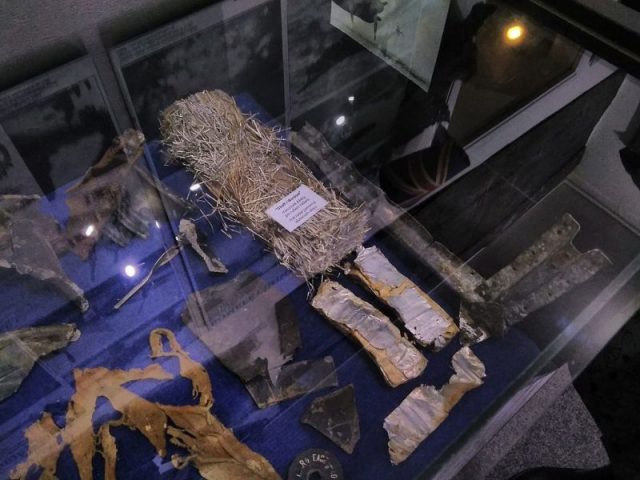
It could be used in two ways: either trick the enemy into thinking a large scale attack was on the move when there were actually only a couple of planes, or trick them into thinking a large scale attack was on the move, when there was actually nothing at all.
Pearl Harbor struck a year into Curran’s development of radar evasion technology, drawing America into the war and putting more pressure on technological advancements to protect lives. In 1943, Curran was able to put her finalized invention to the test.
The final product was reflective, aluminized strips of paper bound into packets weighing 1 pound each. They were to be cast out the sides of military airplanes. By throwing them out every few minutes the pilots were able confuse enemy radar detectors. The metal strips on the packets would resonate and re-radiate radio waves, creating the impression of a large object, potentially a fleet of airplanes.
The packets were tested in Operation Gomorrah. Over a one week period, the Allied forces ran regular air raids on the town of Hamburg, Germany. Against all odds, the Allies sustained only 12 out of a possible 791 aerial casualties thanks to Curran’s radar-jamming technology.
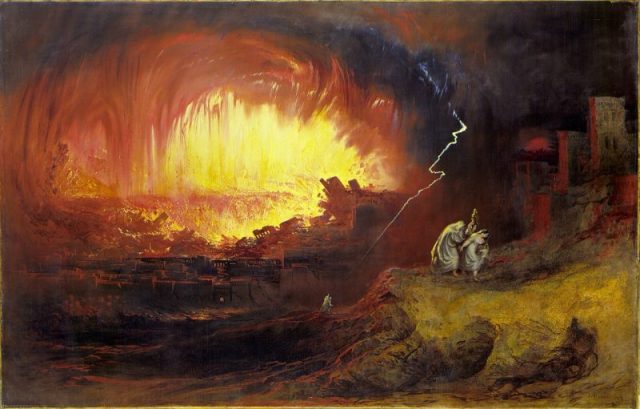
The most impressive success of this technology was on the eve of D-Day. Though the Germans expected an attack on Nazi-occupied continental Europe, they weren’t sure what direction it would come from. This uncertainty was exploited by the Allies thanks to the use of Curran’s radar deflectors.
Operations Taxable and Glimmer were executed on June 5, 1944 by the Nº 617 Squadron Lancaster Bombers. Along with hundreds of dummy parachutists, the planes dropped Curran’s packets near Cap d’Antifer and Pas-de-Calais, between 150 and 250 miles farther east, drawing German troops away from the actual D-Day landing sites.
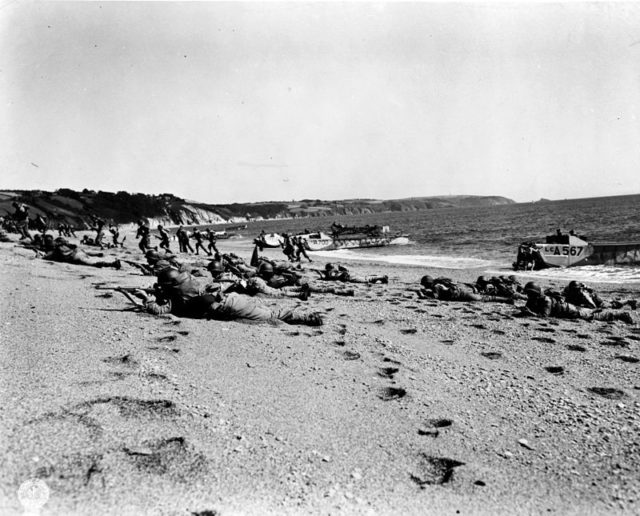
Curran’s invention was not just successful in the 1940s, but remains a technique used today. The simplicity of the design is foolproof, so much so that the American military still uses the radar deflectors.
On training missions during peacetime, this can lead to a fair bit of confusion among meteorologists, who pick up massive, ominous spots on their weather radar, despite having crystal clear blue skies.
Success for Joan Curran went beyond Normandy, though. In early 1944, she and her husband went to America to be part of the famed Manhattan Project. She helped develop the scintillation counter, a device that measure radioactivity. Like her radar deflectors, this invention is still in use today.

The unfortunate lack of knowledge of such an impressive figure is due in part to the fact that none of Curran’s work has been officially published and she never acknowledged her contributions in interviews. Thankfully, Joan Curran’s resourceful contributions to the betterment of modern society didn’t end with the war.
In America, Joan gave birth to their daughter Sheena who was mentally handicapped. Upon returning home to Great Britain, the Currans set up the Scottish Society for the Parents of Mentally Handicapped Children, also known as Enable. Through her work with Enable, Curran helped further the rights of disabled peoples across the U.K., helping them gain access to university.
In memory of her earlier work, Curran collaborated with the Technical University of Lodz to help Polish wartime émigrés settle in Glasgow and support overseas students through the Lady Curran Endowment Fund.
Undoubtedly an impressive couple, the Currans dedicated both their professional and personal lives to protecting and bettering those of their compatriots. In a war- and male-dominated age, Joan Curran proved that the intellectual ability of women surpassed expectations.
